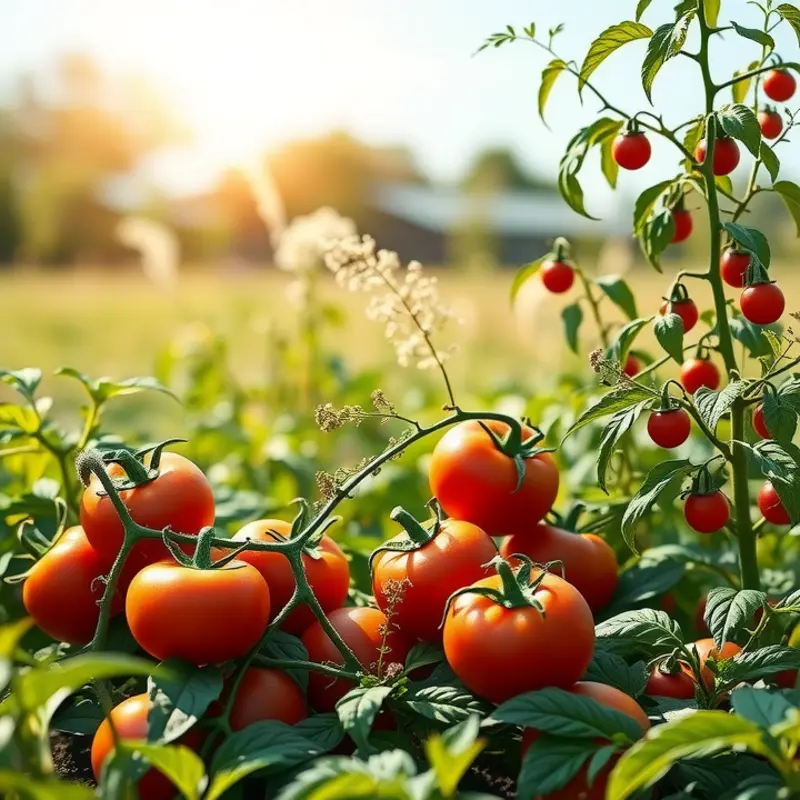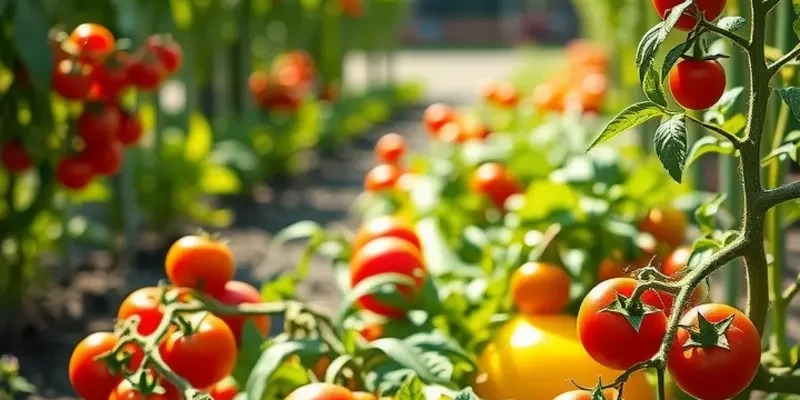Sauces are the unsung heroes of our kitchens, bringing flavor and versatility to countless dishes. With excess sauces often left unused, proper storage techniques become essential for minimizing waste. Knowing how to store sauces safely not only extends their lifespan but also enhances food management at home, allowing for a well-organized kitchen. In this guide, discover practical tips for safely storing your sauces, ensuring that the next time you reach for that bottle, the flavors and quality remain intact.
Understanding Sauce Types and Storage Needs

Understanding the composition of sauces is key to storing them safely and efficiently, ensuring they remain flavorful and safe to consume. Sauces can be categorized into three primary types: refrigerated sauces, pantry staples, and homemade varieties. Each comes with its own unique set of ingredients which dictate their storage requirements.
Refrigerated sauces often contain dairy, eggs, or other perishable components. These sauces, such as creamy alfredo or ranch, require refrigeration to prevent the growth of harmful bacteria. Typically, once opened, they should be stored in a cool environment, ideally at temperatures below 40°F (4°C). Pay attention to the manufacturer’s “best-by” date and be mindful of spoilage indicators such as changes in texture, separation, or unpleasant odors.
Pantry staples include sauces with a higher acid content, such as soy sauce or vinegar-based hot sauces. These sauces are often more stable due to their high salt or acid levels, which act as preservatives. While they can be kept at room temperature, storing them in a cool, dark place will help maintain their flavor integrity. Signs of spoilage in these sauces may include discoloration or the development of off-flavors. For more preservation insights, explore how to keep your fresh foods flavorful.
Homemade sauces require special attention. Made without preservatives, they often have a shorter shelf life. Tomato-based sauces like marinara or homemade pesto should cool before storing in airtight containers inside the fridge. For best quality, consume within a week. Signs of spoilage can include mold, bubbling, or a sour or bitter smell. Freezing is another option for extending the lifespan of homemade sauces, provided they are stored in freezer-safe containers and used within three months.
In addition to these primary storage conditions, regular checks for freshness can prevent foodborne illnesses. Always use clean utensils when handling sauces to avoid cross-contamination and reseal containers properly after each use. Understanding these storage techniques minimizes waste and encourages better food management, letting you enjoy flavorful sauces without worry.
Practical Storage Solutions for Every Kitchen
Storing sauces efficiently can be both practical and rewarding, minimizing waste and enhancing your food management skills. The choice of storage containers plays a crucial role in maintaining the quality and longevity of your sauces. Glass jars are excellent for preserving flavors and are easy to clean. They are ideal for sauces that require longer shelf life and maintain a consistent taste over time. On the other hand, plastic bottles offer lightweight convenience and are less prone to breakage, making them suitable for everyday sauces like salad dressings or marinades.
For those planning to store sauces over extended periods, freezer-safe bags are an invaluable tool. They save space and allow you to portion out your sauces in advance. Ensure you squeeze out excess air before sealing them to prevent freezer burn. Always lay them flat for faster freezing and easier stacking once frozen.
Proper labeling of your sauces cannot be overstated. Using waterproof labels, ensure to include the name of the sauce, the date of preparation, and a “use by” date to ensure clarity. This practice reduces the risk of consuming spoiled sauces and contributes to better organization.
When it comes to organizing your stored sauces, grouping them by usage frequency or type can make a significant difference. Dedicate specific areas of your pantry or fridge for your homemade sauces, commercial condiments, and long-term storage sauces. Utilize strategic placement in the freezer, placing the sauces you use most often in the front for easy access.
Freezer options open up a world of possibilities for long-term storage. Consider investing in a chest freezer if you frequently prepare sauces in bulk. Utilize ice cube trays to freeze small portions for easy usage later on. Simply pop a cube into your dish for instant flavor enhancement.
Preventive measures are also critical in reducing spoilage. Always ensure containers are airtight to keep out moisture and airborne contaminants. For fermentable sauces, like kimchi or certain hot sauces, the right anaerobic conditions are essential. Pay attention to temperature control: refrigeration slows down spoilage, but freezing halts it almost entirely.
For those following specific diets, like a ketogenic diet, sauces can be a flavorful addition without adding too many carbs. Explore garlic butter chicken with a creamy sauce for a keto-friendly option that can be stored and enjoyed throughout the week.
Embrace these practical storage solutions to manage your sauces effectively. A well-organized kitchen not only saves time but also enhances your culinary journey, ensuring flavors are always at hand when inspiration strikes.
Final words
Safe storage of sauces not only enhances their longevity but also contributes to efficient food management at home. By understanding different sauce types and implementing practical storage solutions, you can reduce waste significantly and always have flavorful options at hand for your meals. Regularly check for freshness, and don’t hesitate to take advantage of your freezer for sauces you want to keep longer. Keep experimenting with your sauce-making skills, knowing that with the right storage strategies, your culinary creations will shine without the fear of spoilage.







